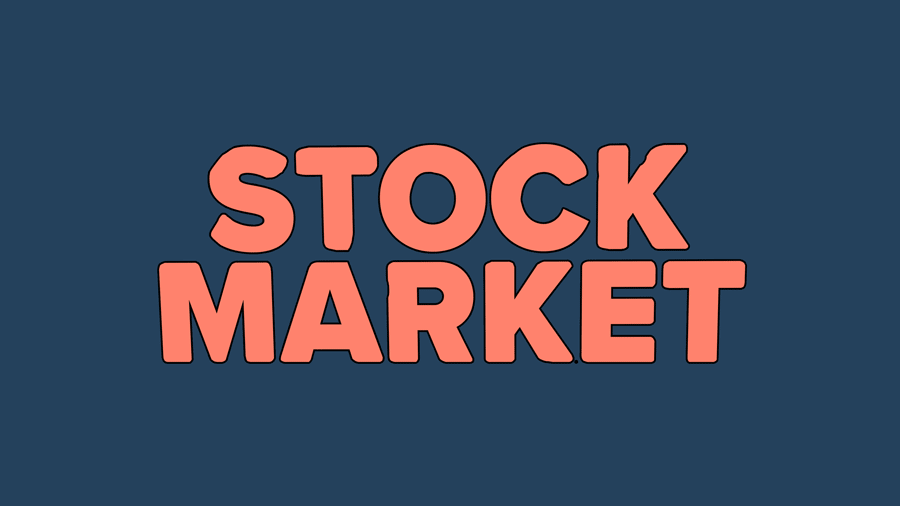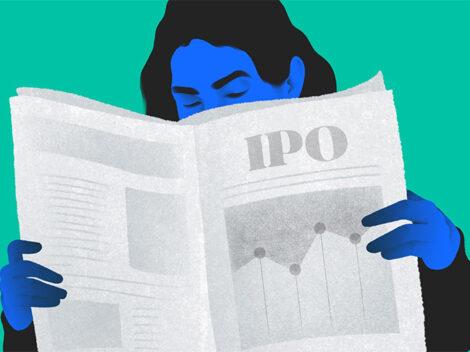Morning Markets: Continuing our thoughts about the Slack direct listing, let’s give it a preliminary score.
Subscribe to the Crunchbase Daily
When Slack decided to go public not with a traditional IPO but with a direct listing, there were two main viewpoints that I saw. The first was laudatory. Good on Slack, the thinking went, for sticking it to the bankers and going public its own way.
The second, and this is where I mostly found my own thoughts, was less positive. Forget the fees, this perspective ran, why not raise more money when you can at a price that you like, bolstering the corporate balance sheet in the process? Hell, you could just make more acquisitions with the extra lucre.
That Slack had raised lots of money at lower prices while private that it did not need (Evidence: The hundreds of millions of dollars it was sitting on when it decided to go public.), why not raise during its public debut?
All that pre-talk is now ancient chatter. Slack did pursue a direct listing, it is now public, and we can take a look at where the company currently trades. So, here are the data points as I understand them:
- Slack’s final private, per-share price: $11.91
- Slack’s direct listing reference price: $26
- Slack’s post-listing share price range: $34.81-$42.00
Slack is worth $36.62 as I write to you this morning. That’s perfectly fine given its range, sitting comfortably above its reference price, and miles above its final per-share price set while private (Note: There could be more going on there than just a sticker price, so don’t put infinite stock in the private price against the public price.) That’s what Slack wanted.
So, points to the company and its leadership for doing things their own way. It worked.
Lessons
Slack’s direct listing success does not mean that most companies going public should, let alone can, pursue a similar debut.
Indeed, most companies probably cannot and won’t want to. Let’s explain. They will not be able to as a direct listing requires a higher level of market awareness than most companies can muster. And, most companies won’t want to go public via a direct listing given that it is not a fundraising mechanism.
As we saw with Livongo recently, going public is still, for lots of firms, a way to put extra cash on the balance sheet to allow for more growth. Slack was stuffed to the gills with cash given to it by investors hungry for a quick double or triple or quadruple on a company that was hot even by Silicon Valley standards.
So Slack had huge mind share, rising market prominence, and towering bank accounts. That, in this case, led to a pretty great result for Slack; it got what it wanted without the pricing dance and inevitable media cycle around its pricing.
At the same time, let’s not expect the exception to the rule to become the expected path for all future companies.
One last thing. There seems to be even more vitriol than usual among investors as many companies see their traditionally-priced IPO shares shoot higher in early trading. The general argument is that lots of money was missed. I can’t quite dissect what percent of that argument is correct censure of banks for mispricing IPOs, and what portion is more the market’s over-exuberance in the face of new offerings.
That could lead more companies to try something non-traditional than otherwise might have considered the option. We’ll see.
Illustration: Li-Anne Dias.

Stay up to date with recent funding rounds, acquisitions, and more with the Crunchbase Daily.










![Illustration of pandemic pet pampering. [Dom Guzman]](https://news.crunchbase.com/wp-content/uploads/2021/03/Pets-2-300x168.jpg)
67.1K Followers